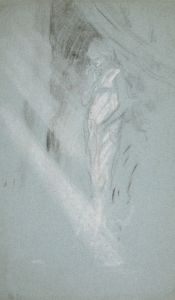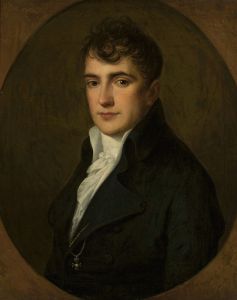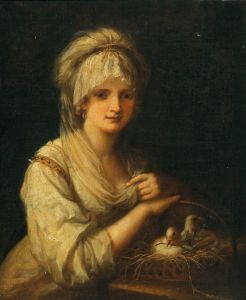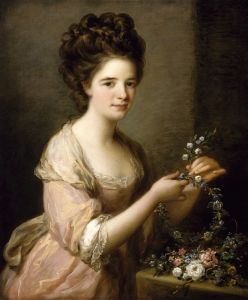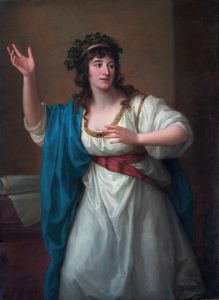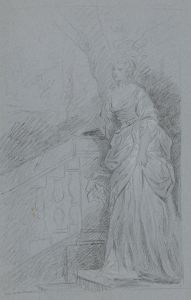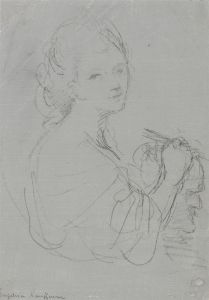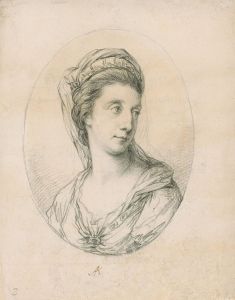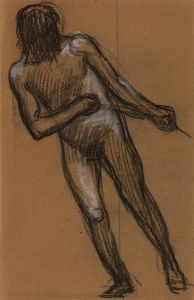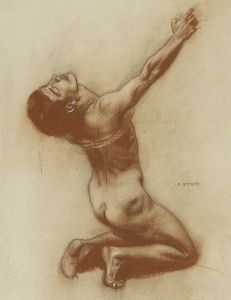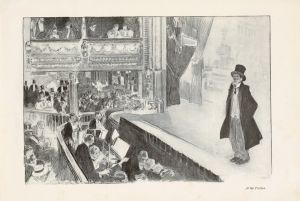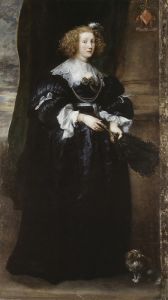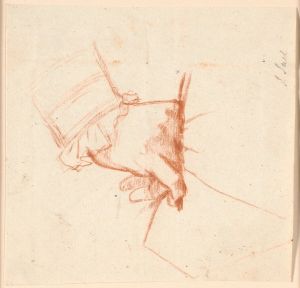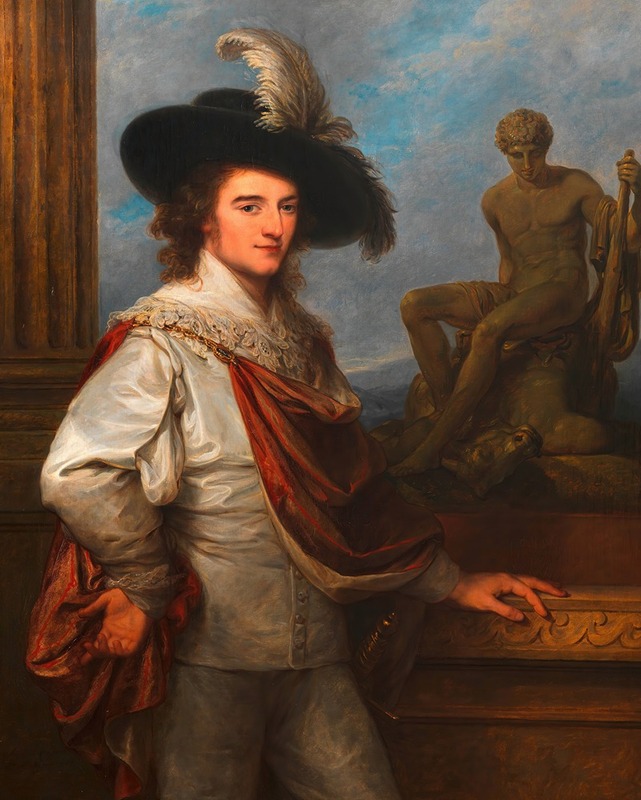
Josef Johann Graf Fries
A hand-painted replica of Angelica Kauffmann’s masterpiece Josef Johann Graf Fries, meticulously crafted by professional artists to capture the true essence of the original. Each piece is created with museum-quality canvas and rare mineral pigments, carefully painted by experienced artists with delicate brushstrokes and rich, layered colors to perfectly recreate the texture of the original artwork. Unlike machine-printed reproductions, this hand-painted version brings the painting to life, infused with the artist’s emotions and skill in every stroke. Whether for personal collection or home decoration, it instantly elevates the artistic atmosphere of any space.
Angelica Kauffmann's painting Josef Johann Graf Fries is a portrait of Josef Johann Graf Fries, a member of the prominent Fries family, who were influential figures in Austrian society during the late 18th century. Angelica Kauffmann (1741–1807), a Swiss-born Austrian Neoclassical painter, was one of the most celebrated female artists of her time. Known for her portraits and history paintings, Kauffmann was a founding member of the Royal Academy of Arts in London and enjoyed significant success across Europe.
The painting is a testament to Kauffmann's skill in capturing the elegance and refinement of her subjects. In this work, Josef Johann Graf Fries is depicted with a sense of dignity and poise, reflecting his status as a member of the aristocracy. Kauffmann's use of soft, harmonious colors and her attention to detail in the rendering of textures, such as clothing and skin, are characteristic of her style. The portrait exemplifies the Neoclassical ideals of balance, clarity, and grace, which were central to Kauffmann's artistic approach.
Josef Johann Graf Fries was part of the Fries family, who were known for their wealth and patronage of the arts. The family amassed a significant art collection and were prominent figures in Vienna's cultural and social circles. However, specific details about Josef Johann Graf Fries's life and achievements are limited in historical records. His inclusion as the subject of a portrait by Kauffmann suggests his importance within his social milieu.
The exact date of the painting is not definitively documented, but it is likely to have been created during Kauffmann's active years, particularly when she was working in Vienna or other European cultural centers. During this period, Kauffmann was highly sought after by aristocratic patrons, who admired her ability to combine artistic skill with a deep understanding of her subjects' personalities and social standing.
The painting is an example of Kauffmann's ability to navigate the expectations of her patrons while maintaining her artistic integrity. Her portraits often went beyond mere representation, offering a glimpse into the character and status of her sitters. This work is no exception, showcasing her mastery of portraiture and her contribution to the Neoclassical movement.
Today, the painting is recognized as part of Kauffmann's extensive body of work, which continues to be studied and appreciated for its artistic and historical significance. However, further details about the painting's provenance, current location, and the life of Josef Johann Graf Fries remain limited in available historical documentation.





